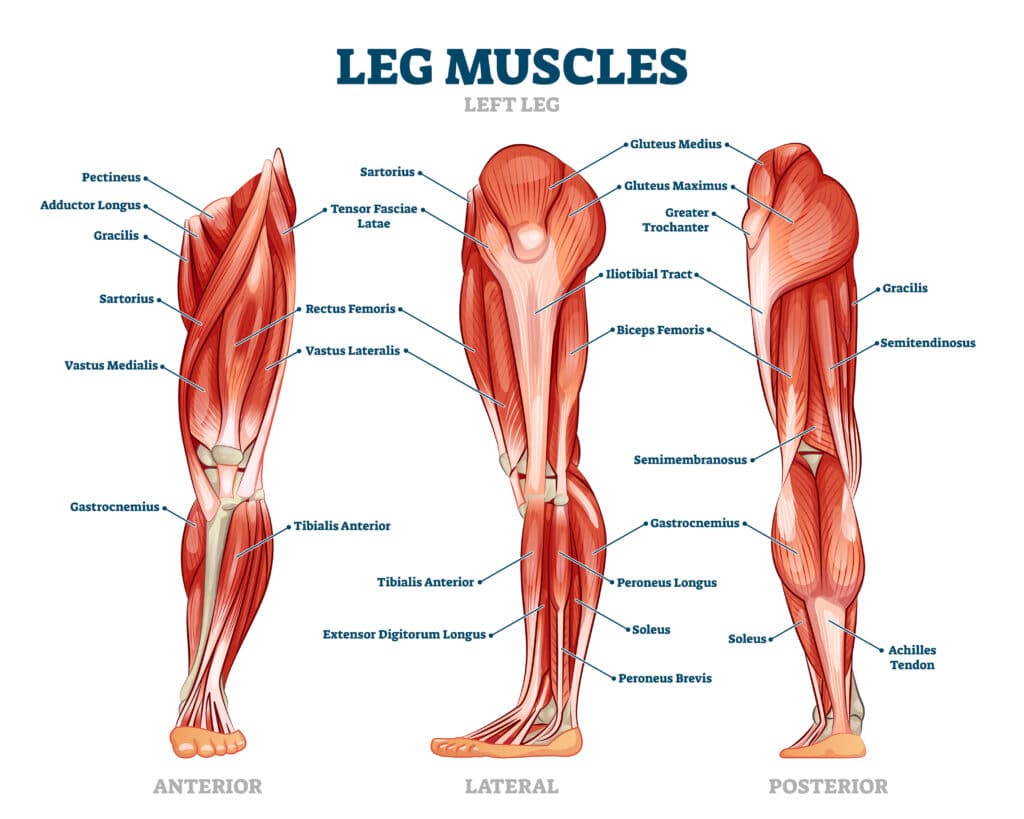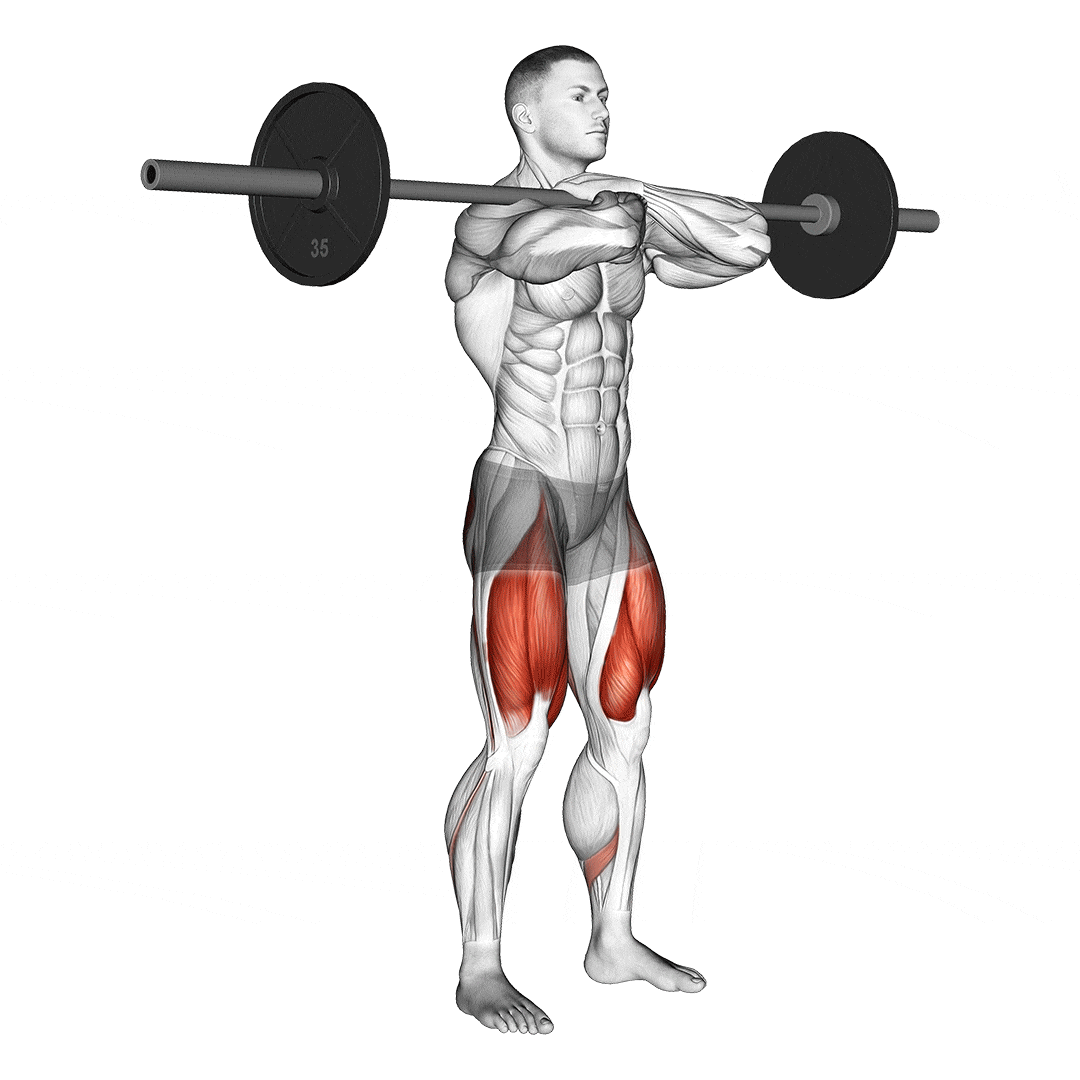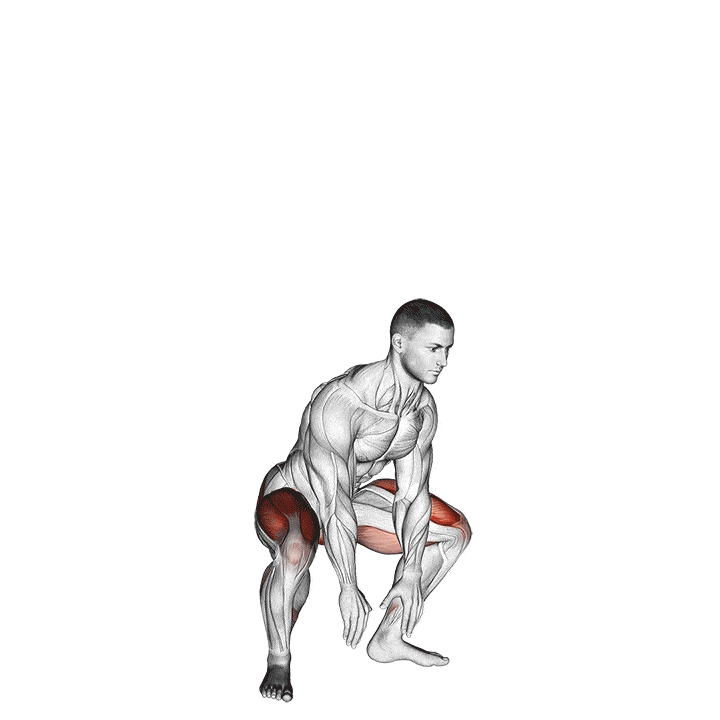Best Squat Workouts: Muscles Targeted, Benefits, and Anatomy
Squats are one of the most effective compound exercises for building lower body strength, improving athletic performance, and enhancing overall fitness. Whether you're a beginner or an advanced lifter, squats provide numerous benefits by engaging multiple muscle groups. In this blog, we'll explore the best squat variations, the muscles they target, and their benefits, with a focus on anatomy.
Muscles Targeted by Squats
Squats primarily work the lower body muscles, but they also engage the core and back muscles for stability. The main muscles involved include:
- Quadriceps Femoris – The front thigh muscles responsible for knee extension.
- Gluteus Maximus – The largest muscle in the buttocks, crucial for hip extension.
- Hamstrings (Biceps Femoris, Semitendinosus, Semimembranosus) – Located at the back of the thigh, aiding in hip extension and knee flexion.
- Adductor Group (Adductor Magnus, Longus, and Brevis) – Inner thigh muscles assisting in leg stability and movement.
- Calves (Gastrocnemius and Soleus) – Supporting balance and ankle movement.
- Core Muscles (Rectus Abdominis, Obliques, Transverse Abdominis) – Essential for stabilizing the spine and maintaining posture.
- Erector Spinae – Aiding in spinal stability and upright posture during squats.
Best Squat Variations and Their Benefits
1. Bodyweight Squat
Muscles Targeted: Quadriceps, glutes, hamstrings, core Benefits: Ideal for beginners, improves mobility, and builds endurance.
2. Back Squat
Muscles Targeted: Quadriceps, glutes, hamstrings, core, lower back Benefits: Builds maximal strength, improves posture, and enhances athletic performance.
3. Front Squat
Muscles Targeted: Quadriceps, glutes, core, upper back Benefits: Strengthens the core more than back squats, reduces spinal stress, and improves mobility.
4. Goblet Squat
Muscles Targeted: Quadriceps, glutes, core, arms (holding the weight) Benefits: Improves squat mechanics, ideal for beginners, and strengthens the core.
5. Sumo Squat
Muscles Targeted: Inner thighs (adductors), glutes, quadriceps Benefits: Enhances hip mobility, targets the inner thighs, and strengthens the lower body.
6. Bulgarian Split Squat
Muscles Targeted: Quadriceps, glutes, hamstrings, core Benefits: Improves balance, corrects muscle imbalances, and enhances leg strength.
7. Overhead Squat
Muscles Targeted: Quadriceps, glutes, core, shoulders, upper back Benefits: Enhances coordination, improves flexibility, and builds full-body strength.
8. Hack Squat (Machine)
Muscles Targeted: Quadriceps, glutes, hamstrings Benefits: Provides controlled movement, isolates the lower body, and reduces strain on the back.
9. Zercher Squat
Muscles Targeted: Quadriceps, glutes, hamstrings, core, upper back Benefits: Strengthens the core and upper body, improves squat depth, and enhances grip strength.
10. Jump Squat
Muscles Targeted: Quadriceps, glutes, hamstrings, calves Benefits: Improves explosive power, enhances athletic performance, and boosts cardiovascular fitness.
Key Benefits of Squats
1. Muscle Growth and Strength
Squats activate major muscle groups, leading to increased muscle mass and strength. This is beneficial for both athletes and general fitness enthusiasts.
2. Enhanced Athletic Performance
By improving leg power, speed, and stability, squats contribute to better performance in sports that require sprinting, jumping, and agility.
3. Increased Core Strength
Squats engage the core muscles, helping to build a strong, stable midsection, which reduces the risk of injury and enhances overall functional fitness.
4. Improved Mobility and Flexibility
Performing squats through a full range of motion improves hip, knee, and ankle mobility, reducing stiffness and enhancing flexibility.
5. Better Posture and Balance
Squats require proper posture and stability, which helps in correcting posture imbalances and improving overall body coordination.
6. Boosted Metabolism and Fat Loss
Since squats engage multiple muscle groups, they increase calorie expenditure, supporting fat loss and improving metabolic rate.
7. Stronger Bones and Joints
Squats enhance bone density and joint strength by placing stress on the bones and ligaments, reducing the risk of osteoporosis and joint injuries.
Conclusion
Squats are a powerhouse exercise that provides immense benefits for muscle growth, strength, and overall fitness. Incorporating different squat variations into your routine can help target various muscle groups, improve mobility, and enhance performance. Whether you're lifting heavy weights or performing bodyweight squats, mastering proper form is crucial to maximizing benefits and preventing injuries. Start including squats in your workout routine today to build a stronger, healthier body!












0 Comments